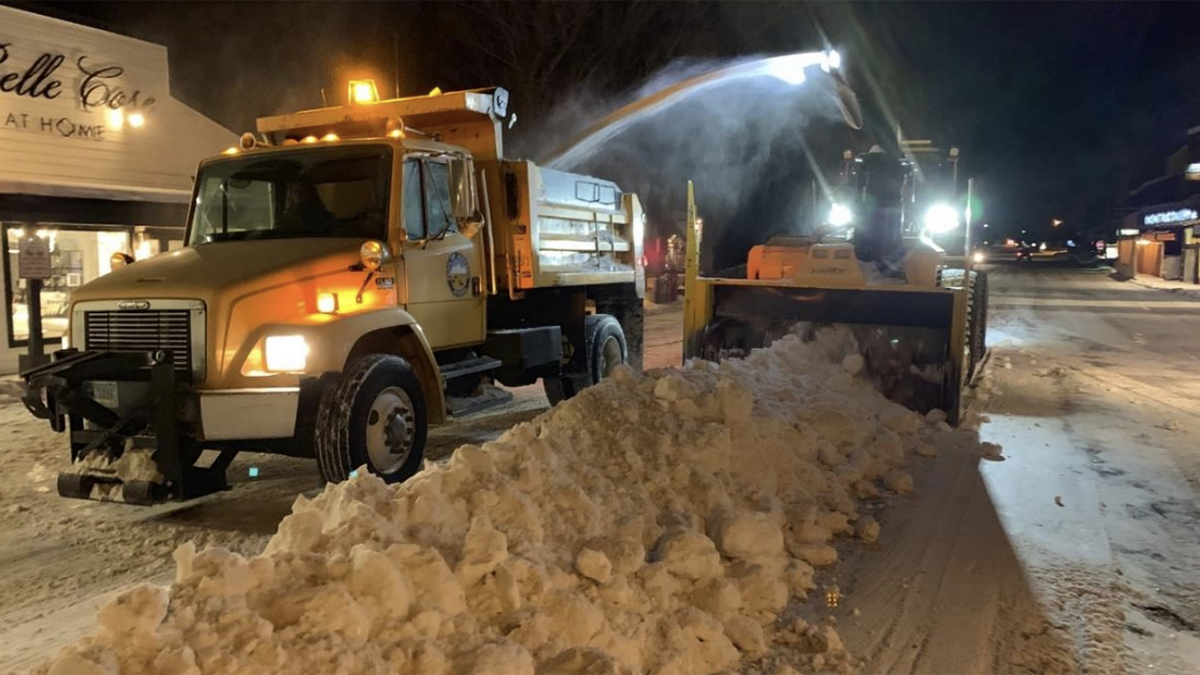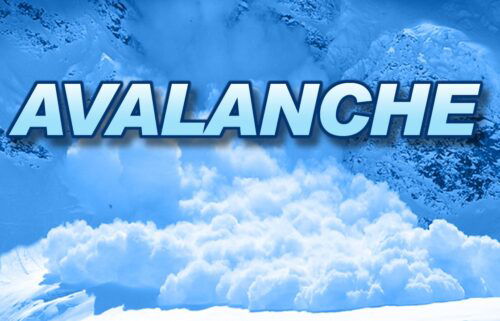Winter weather preparedness

JACKSON, Wyo. (KIFI) – It’s just the beginning of the 2022-2023 winter season, but Teton County has already experienced the full spectrum of winter weather and conditions. While winter weather is one of our area’s greatest attractions, it also presents hazards. Ensure you and your loved ones are prepared so that you can enjoy the season safely.
Teton County Emergency Management wants you to 'Know Before You Go' this winter. This means to plan ahead, be aware of potential hazards, and take responsibility for your own safety during outdoor pursuits. Read on for tips to help you know before you go this winter.
Check the forecast. Make checking the weather forecast a part of your regular routine. Always check the forecast from the National Weather Service, local forecasters, your weather app of choice before you head outside. You can bookmark the National Weather Service’s mobile forecast page on your device (https://mobile.weather.gov) and consider purchasing a NOAA All Hazards Weather Radio which will read out the forecast at the touch of a button. Remember to also check the daily avalanche forecast from the Bridger-Teton Avalanche Center at www.jhavalanche.org.
Make sure you are getting weather alerts. A NOAA All-Hazards Weather Radio with an automatic alerting feature will play an alert tone and read out weather- and non-weather-related alerts. Alternately or in addition, the free FEMA app allows you to follow weather alerts in up to five locations. Simply download the app, allow notifications, and set your location to 83001 (if in Teton County, WY).
Understand winter weather terminology. Weather and avalanche forecasts and alerts are full of unique vocabulary. Each term has a specific and significant meaning. Here are three common terms you might see from the National Weather Service in the winter:
- A Winter Storm Warning means that heavy snow, heavy sleet, an ice storm, and/or blowing snow is expected in the next 12-24 hours. These warnings are issued when confidence is high that a winter storm will occur and cause significant impacts.
- A Winter Storm Watch means that snow, sleet, ice, and/or blowing snow is possible in the next 12-48 hours and you should be prepared. These watches are issued when confidence is medium that a winter storm will occur and cause impacts.
- A Winter Weather Advisory means that wintry weather is expected and you should be prepared for impacts, especially to travel. Light amounts of wintry precipitation or patchy blowing snow will cause slick conditions.
Check road conditions and closures. Before hitting the road, check closures and conditions along your route. In Wyoming you can call 5-1-1 for current conditions and closures or download the free Wyoming 511 app. To get a better sense for how roads are looking, view webcams by route at www.weather.gov/riw/cms_webcams_qview. Be proactive by signing up for road closure and condition alerts along the routes you select at www.wyoroad.info.
Snow removal equipment operates on city streets all winter. Drive slowly and give operators the space they need to complete their work safely. Credit: Town of Jackson Public Works.
Act on the information. Use the information you have compiled from weather and avalanche forecasts, weather alerts, and road closures/conditions to evaluate the safety and viability of your plans. Adjust to avoid being outside during extremely cold weather, high/gusty winds, winter storms, and high avalanche danger. If storms are severe or roads are not in good shape, consider postponing non-essential travel, taking an alternate route, or taking public transit.
Prepare for the unexpected. Dress for the outdoors even if you don’t think you’ll be outside much. When traveling, avoid going alone when possible and let someone know your timetable and route(s). Carry items in your vehicle to handle common winter driving-related tasks and emergencies, including:
- Snow shovel and ice scraper;
- Extra windshield wiper fluid with de-icer;
- Abrasive material (sand or kitty litter);
- Jumper cables;
- Flashlight and warning devices (flares and emergency markers);
- Blankets and/or layers of warm clothing;
- Cell phone and battery pack/charger;
- Water, food, and any necessary medicine;
- A full tank of gas.






